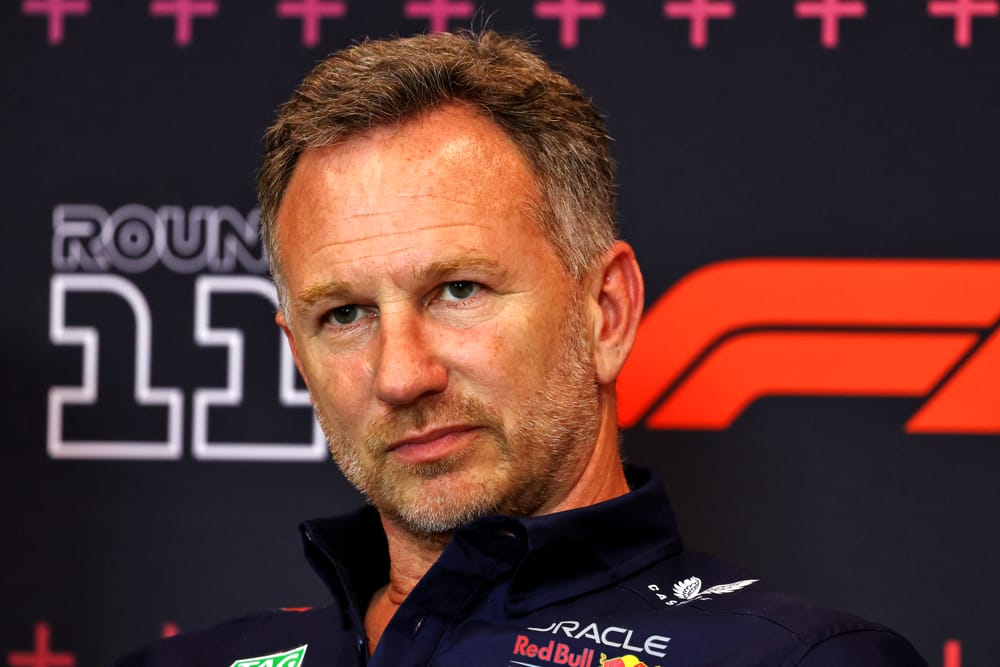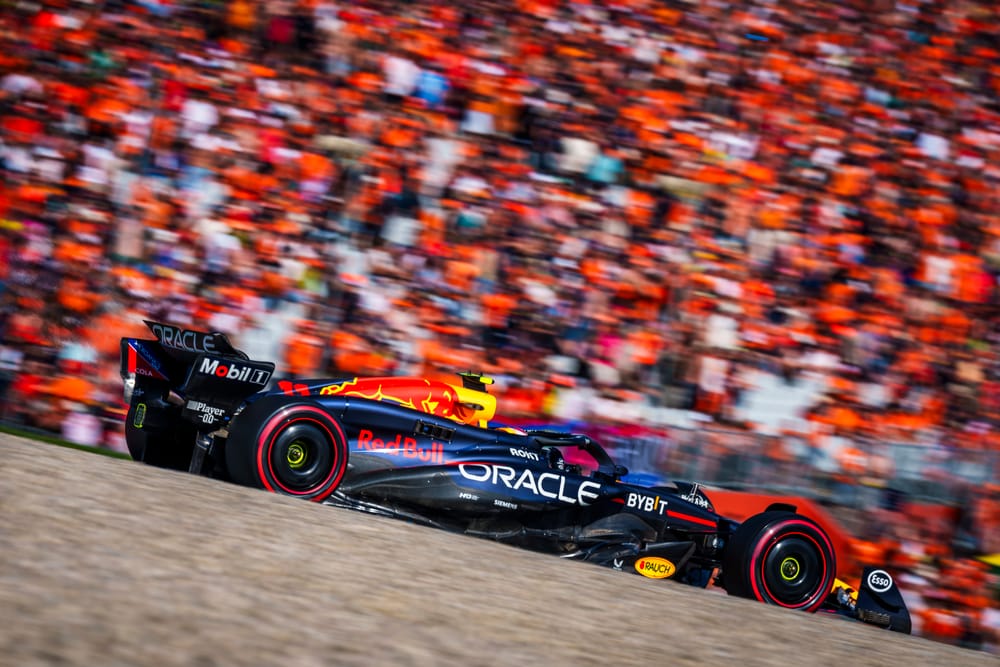Up Next

On the basis of sprint qualifying, the Red Bull Ring is looking kinder to Max Verstappen and Red Bull than Barcelona.
His SQ3 advantage over the McLaren of Lando Norris was ultimately just under 0.1s but that was with a harder preparation lap than ideal for the soft tyres. On the mediums used in SQ1 and SQ2, Verstappen’s margin was in the order of 0.3-0.4s.
What accounts for the Red Bull’s more comfortable margin around here than was the case in Barcelona? In essence, when looking in detail at how the laps were delivered, its aero efficiency was more telling here. Particularly with DRS deployed.
A lap of the Red Bull Ring is more drag-sensitive than that of Barcelona. Red Bull was able to run with slightly more rear wing than McLaren, knowing that its superior DRS performance, would claw back more than was lost to the McLaren in the non-DRS part of the straights, while enjoying the greater downforce of the bigger wing in the slower corners.
The laps of Verstappen and Norris were separated by 0.093s, with Max fastest in sectors 1 and 3, Lando ahead in sector 2 (from the exit of Turn 3 to just before Turn 7).
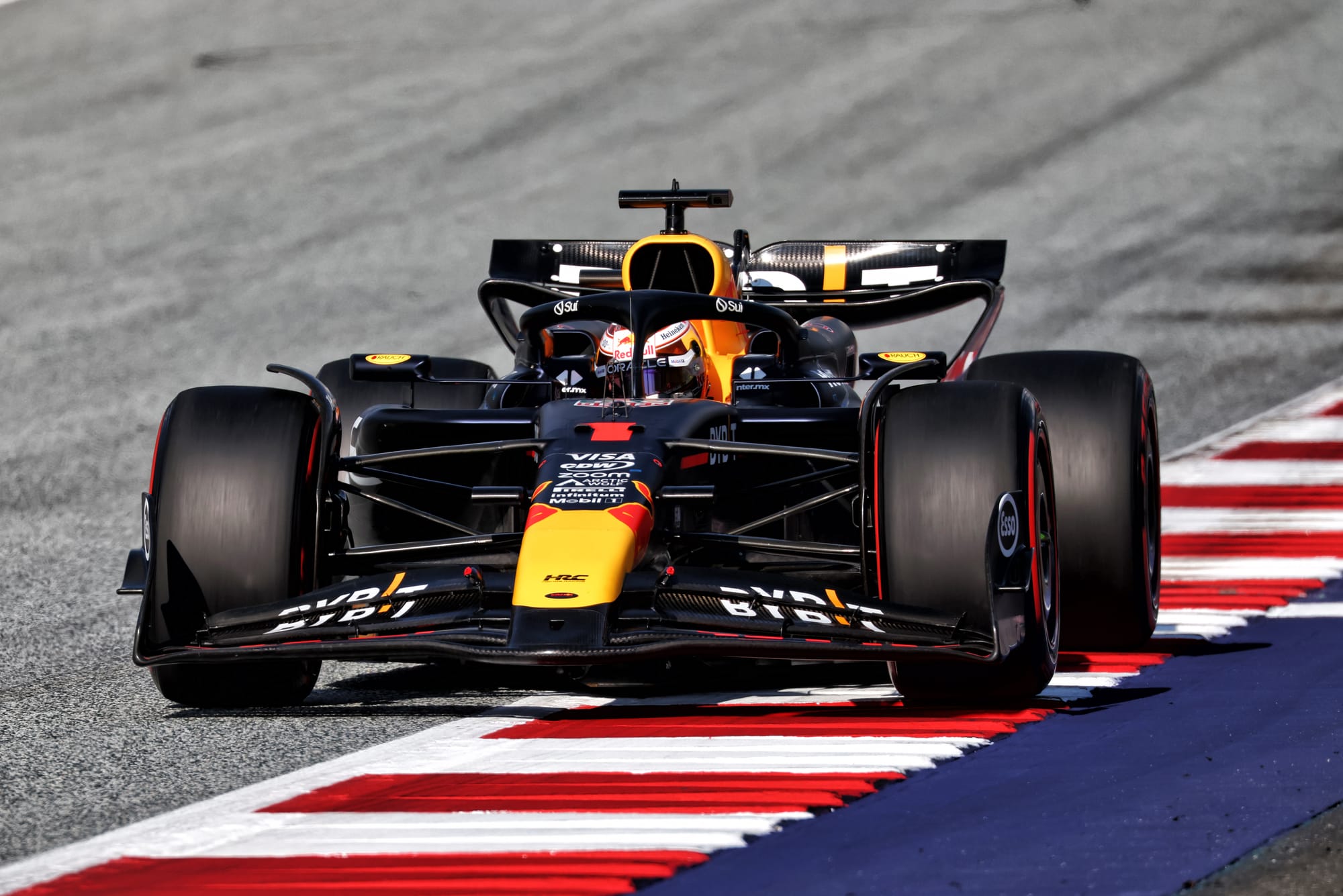
Looking at the GPS traces of their laps, the McLaren gets ahead at the beginning of all the straights thanks to that lower wing. But as soon as they are in the DRS zone, it’s Red Bull all the way. A big percentage of this lap is DRS, far more than in Barcelona.
Norris is able to be quickest in sector 2 because the straight between Turns 3 and 4 is short enough that his gains early on the straight are quite balanced with his losses in the DRS part.
He’s then faster through Turn 4, faster into the initial part of the short straight and his minimum speed through the fifth gear Turn 6 is 208km/h compared to the Red Bull’s 198km/h. That’s the whole middle sector.
Verstappen, having gained six-hundredths to Norris through the first sector loses just under two hundredths in the middle, then gains five hundredths in Sector 3. That final sector advantage is founded upon Verstappen’s sensational speed through the sixth gear Turn 7.
His higher exit speed carries him up the following uphill straight faster than the McLaren – just where the McLaren would otherwise be expected to be quicker because of their respective wing levels.
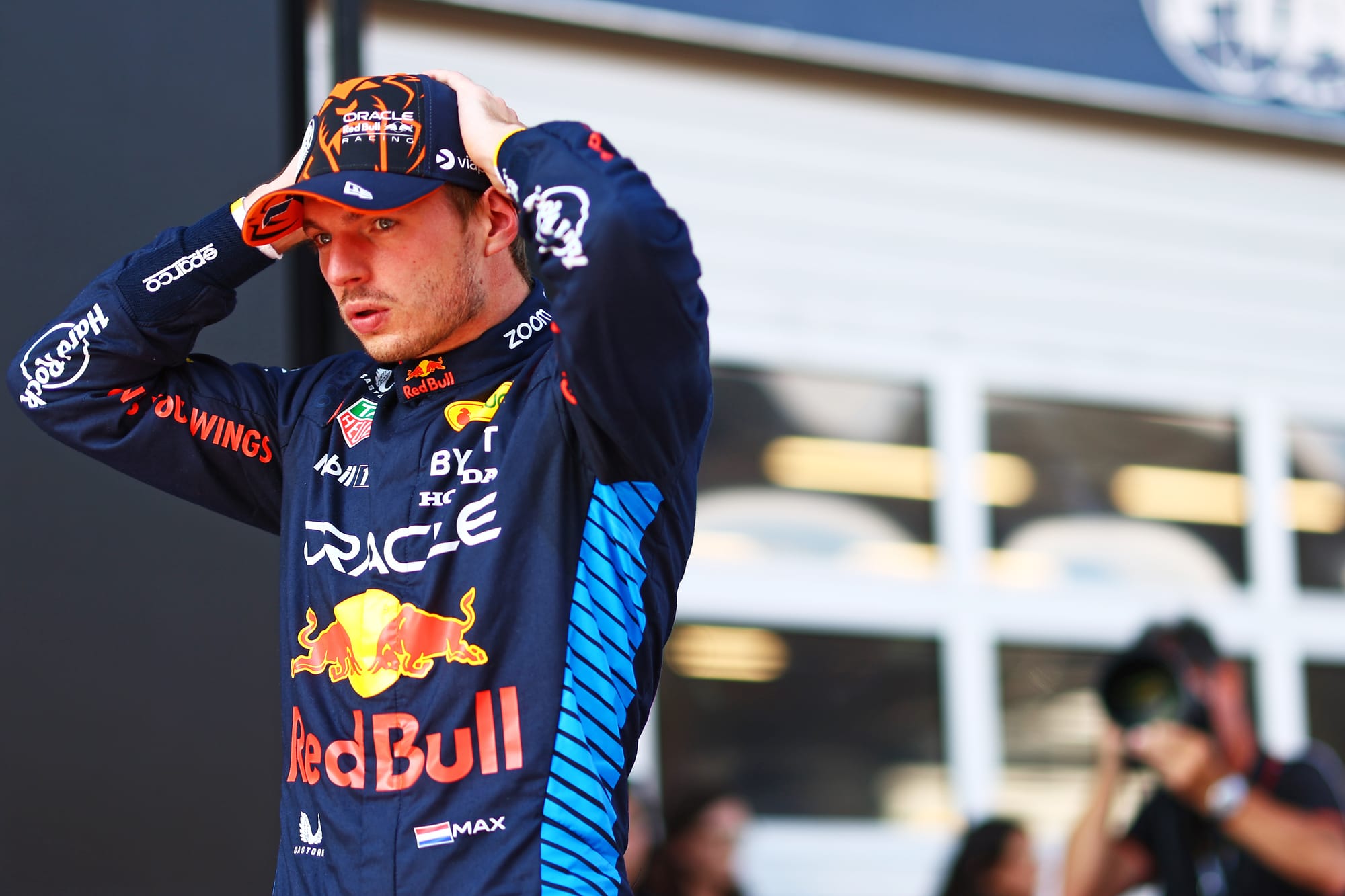
“The car was so well balanced,” said Verstappen. “We only needed to make a few adjustments to it going into sprint qualifying.” This is in stark contrast to the major set-up rethinks necessary in Imola and Barcelona.
So we are seeing what appears to be a track that a) gives better reward to the Red Bull’s greater aero efficiency, b) it's arriving here already in its sweet spot and c) Verstappen’s huge commitment through T7.
With all that in their favour, their advantage over Norris was less than 0.1s, underlining again the all-round consistent speed of the McLaren.
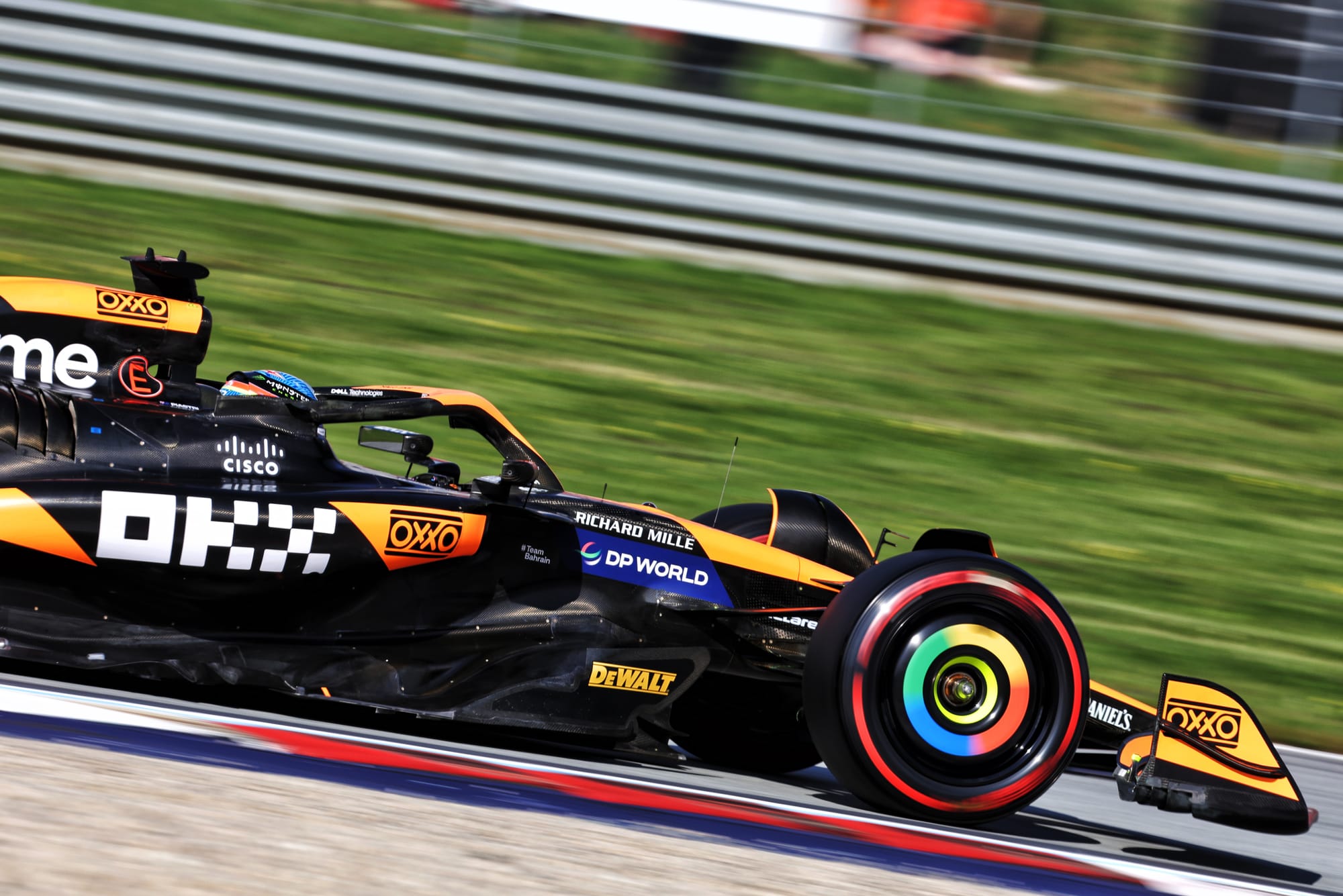
In the other McLaren, Oscar Piastri made a solid comeback from his Barcelona difficulties by qualifying third. The SQ3 lap was a couple of tenths adrift of Norris. It included a scrappy Turn 3 where he lost over 0.1s. On the compulsory medium tyres in SQ2 he was more competitive.
Mercedes was not quite there, with fourth-fastest George Russell over 0.35s adrift on a short lap. He just wasn’t finding the grip, especially in the low-speed corners. Potentially, Lewis Hamilton (who starts sixth) was probably faster but his qualifying was seriously compromised by his run over the Turn 1 kerbs in SQ1 (the first time he had tried the soft tyres).
This damaged his floor to the tune of around 0.2s of aero loss. On his SQ3 lap, he made an even bigger mess of Turn 3 than Piastri, running wide over the kerb with understeer and then having to short-shift his way out of a wheel-spinning exit.
That dropped him most of the 0.3s he was off in that middle sector, having been a few hundredths faster than Russell in sectors 1 and 3 despite his aero damage, which gave him understeer in the higher-speed turns. It suggests that without damage, Hamilton could potentially have set a Piastri-matching time.
Russell suspected he had pushed the soft tyre a little too hard on the out lap. But over a qualifying lap, Mercedes was not quite the force it had been in Montreal or even Barcelona.
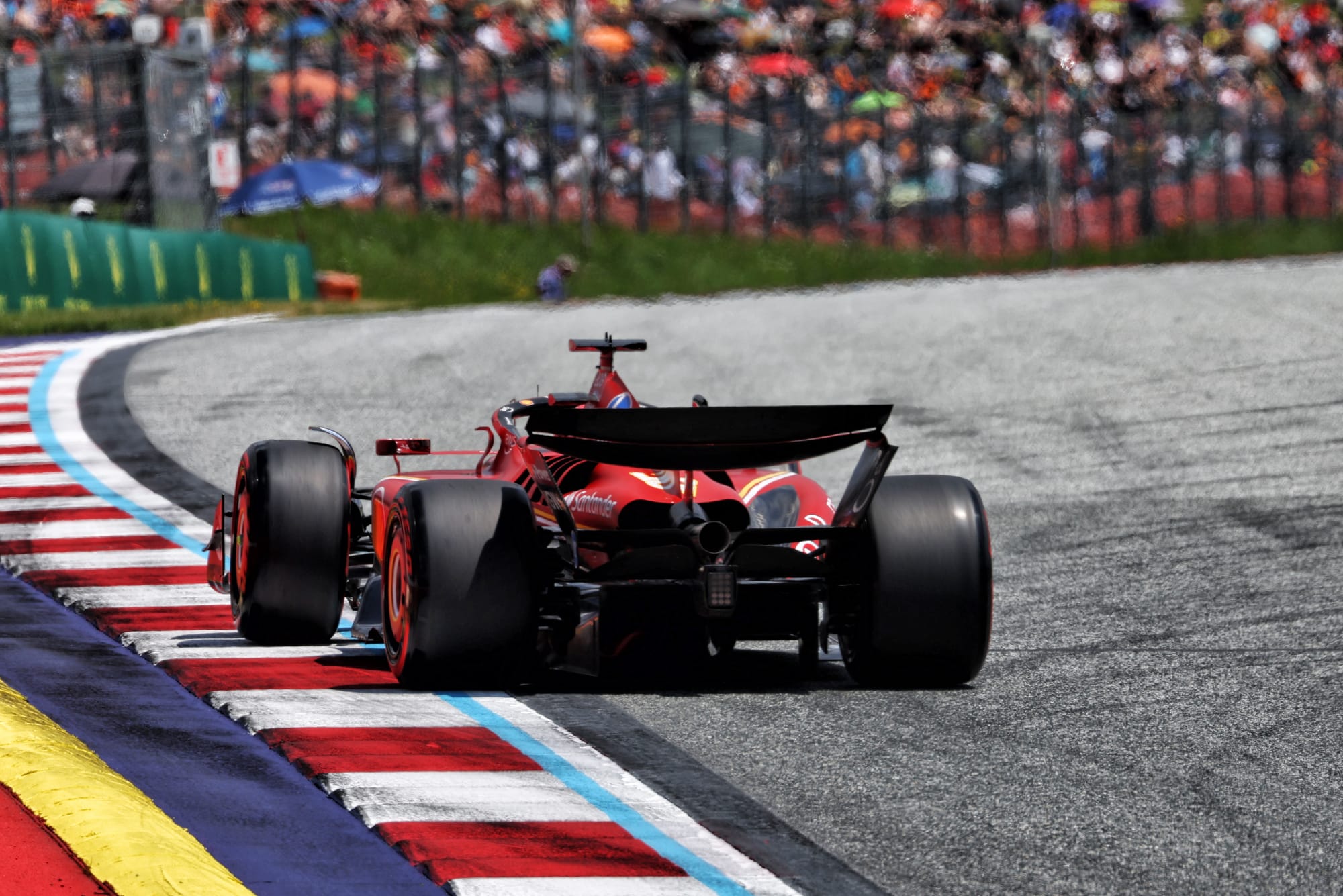
It was, though, better than Ferrari for which only Carlos Sainz set an SQ3 time, fifth-fastest. Charles Leclerc’s engine cut out in the pitlane and by the time he brought it back to life, there wasn’t enough time to get to the start/finish line before the chequer fell.
The Ferrari was at its best through the middle sector (where Sainz was 0.04s off Norris) but a significant chunk slower in the first and third. “Yes, we need to look at why we lose more time on the soft tyre,” he said.
“We saw it also in practice. On the medium I was thinking we could be P2 or P3, but we lose too much time to the others on the soft.”
The fast Turn 7 seems to take the life from the tyres on Sainz’s lap. He goes into that Turn 0.187s down on Verstappen but his exit speed is 7km/h slower than Norris and 11km/h adrift of Verstappen. This loss carries all the way down the straight and by the time he finishes the lap he is 0.44s adrift.
Sergio Perez in seventh was caught up in the Esteban Ocon-triggered delay on the outlap which delayed Alpine team-mate Pierre Gasly and in turn Perez. In SQ1 and SQ2, Checo had been a more representative 0.4s off Verstappen, rather than the 1.3s chasm shown on the official grid.



